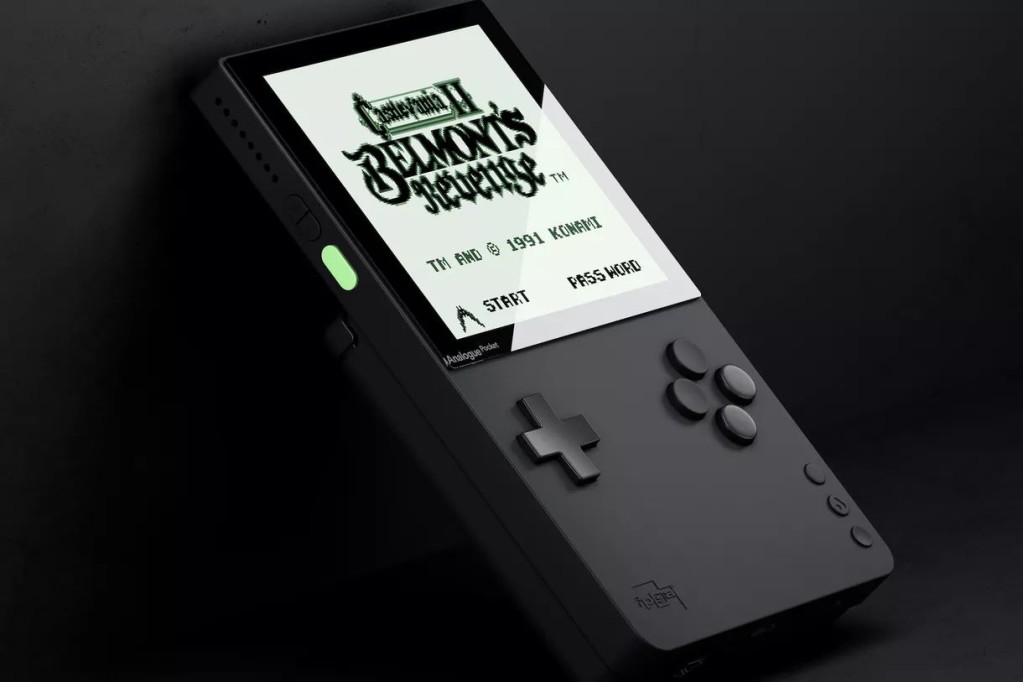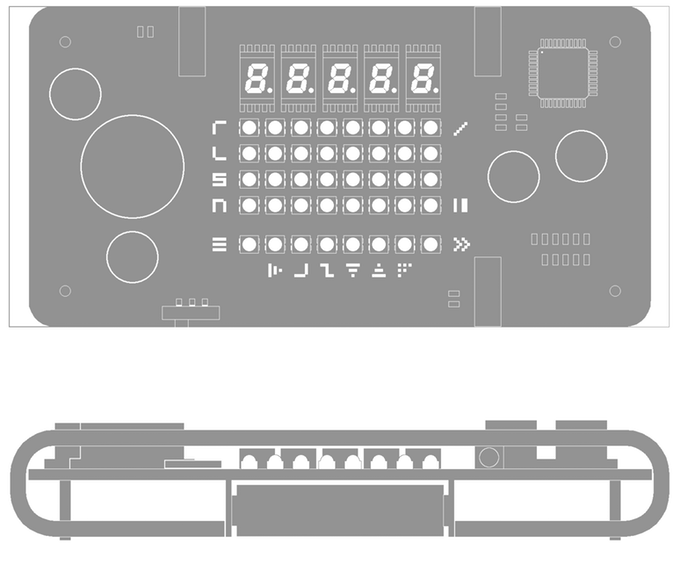Nanoloop, the ingeniously simple pocket music-making tool, is being reborn. Two new dedicated pocket hardware devices promise to do what once required Nintendo’s Game Boy.
Nanoloop began its life as a home-brewed cartridge for the Nintendo Game Boy. The software shipped in the same physical format as classic games like Legend of Zelda – on a cartridge. That allowed the title to take advantage of the distinctive chip synth in the mainstream gaming hardware.
And Nanoloop was an instant hit, helping drive the explosion of the chip music scene. While some musicians swore by Nanoloop’s leading rival, Little Sound DJ [LSDJ], and its 90s-style tracker interface, Nanoloop stood out for its distinctive graphical design. Minimal elements onscreen belied powerful editing features, and opened up music-making to artists drawn to that aesthetic and way of working.
If you really want to be a purist, you’ll continue to run Nanoloop exactly like that, on the vintage hardware. And of course, there are also mobile OS versions now available, though they lose the tactile feel that’s part of the whole draw.
But now there’s a third way – run Nanoloop on new, dedicated gadgets, not made by Nintendo. (Not that Nintendo needs to worry about the competition – the target market here are typically rabid enough fans that they already own and extensively use Nintendo Switch!)
Incredibly, there are two separate projects inbound that offer new ways of running Nanoloop. Nanoloop’s own developer is building hardware designed just for music makers to run his creation. And separately, a project to make new hardware that runs the original cartridges includes the Nanoloop synth, built-in.
I mean, I kind of want both. (Santa Claus, if you’re listening…) Here’s the scoop:

Analogue Pocket
We have fewer details on Analogue Pocket, but imagine a sleek, black remake of the original, with a high-density display in place of the original lo-fi one. It isn’t a software emulator as such – it actually plays the original Game Boy cartridges from all the different generations (Game Boy, Game Boy Color, and Game Boy Advance). Those afternoons spent around the flea market are about to get way more interesting, then.
In place of the original specs, though, you get modern features – as though you stepped into a mirror universe. So the display is 665ppi and 1600×1440. The battery is lithium-ion with USB-C charging. There’s an SD card slot.
What’s potentially interesting to music users is that the developers have a built-in version of Nanoloop. That seems to be the newer Nanoloop 2. I don’t yet have information on the Analogue Pocket’s sound engine, though, which will be crucial detail for chip enthusiasts wanting to use this as an instrument. Even Nanoloop developer Oliver Wittchow told me he’s trying to learn more about this device.
One thing we have been able to confirm – Oliver says the creators tell him the Analogue Pocket will have correct audio pin compatibility. That means the nanoloop mono cartridge – nanoloop 1 – will be compatible with the new hardware.
Meanwhile, Oliver is designing his own hardware around his app. That’s less interesting to mainstream gadget and gaming press, but even more interesting to us. And Oliver is making progress.

Nanoloop Hardware
I covered the nanoloop hardware project and its Kickstarter campaign earlier this year:
What makes it special is really its hardware matrix design, with gamepads – it’s a never-before-seen hybrid of light-up physical grid and gaming-style joy/directional-pads. Or to put it another way, it’s the love child of a Game Boy Advance and a monome, part modern gadget, part nerdy DIY contraption.
And goddamn, son, this thing sounds sweet. Check out the update from late October:
https://www.kickstarter.com/projects/734721310/nanoloop/posts/2665107
He’s dumped the dorky LEDs for a svelte, retro-futuristic set of dots on the main display – very nanoloop. The sound is exceptional, and it fits in your palm.
There’s also a post reflecting on form factor. The horizontal option seems to me a clear winner, and it’s stunning how much he’s fit in so small a space. It really for me outdoes even the tiny Teenage Engineering OP-Z in terms of economical user interface. I look forward to playing the two as a duo, though.
https://www.kickstarter.com/projects/734721310/nanoloop/posts/2628067

Don’t take my word for it, though. Follow the Kickstarter campaign and check out his sound demos, as Oliver has produced a unique instrument for lovers of tiny electronic musical things. If you’re feeling eager for this to arrive, I am, too, so we’ll keep you posted on how the work is coming.
Image at top: “Nanoloop in C” by v8media is licensed under CC BY-NC-ND 2.0